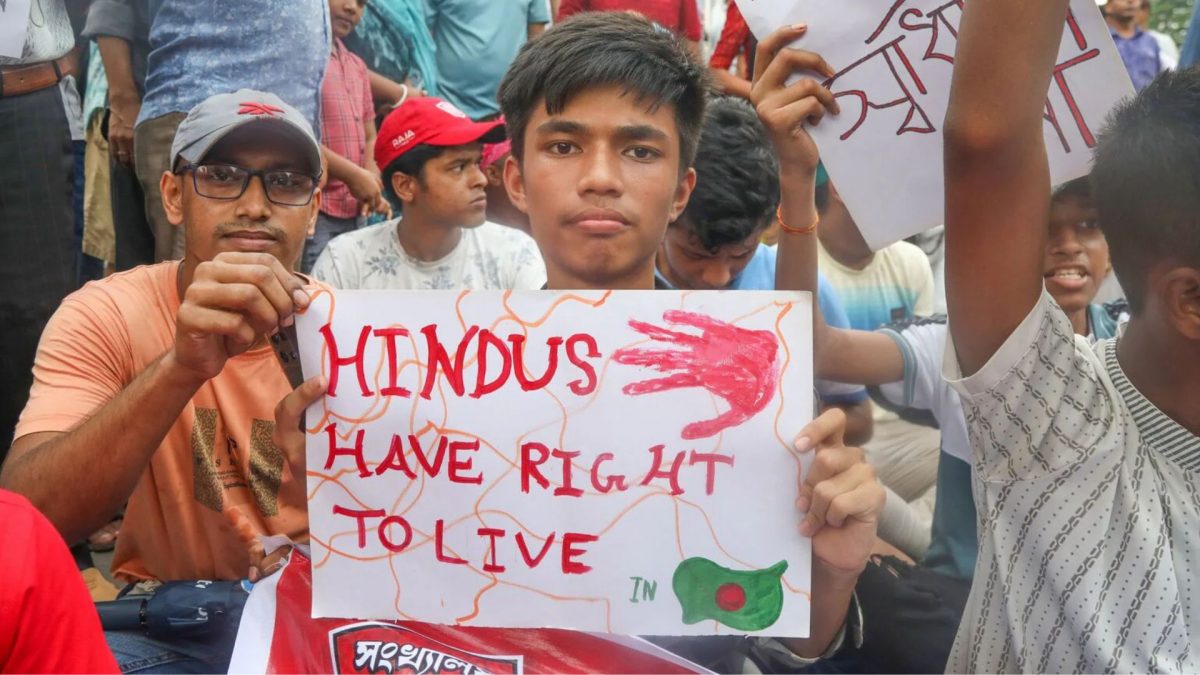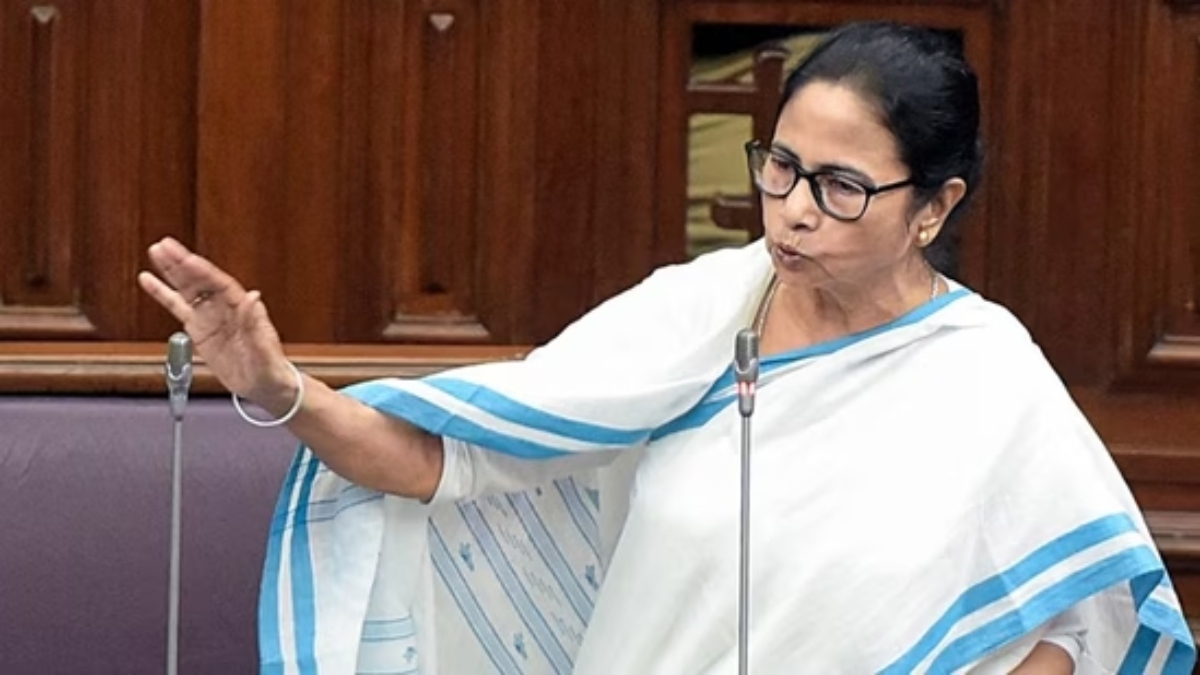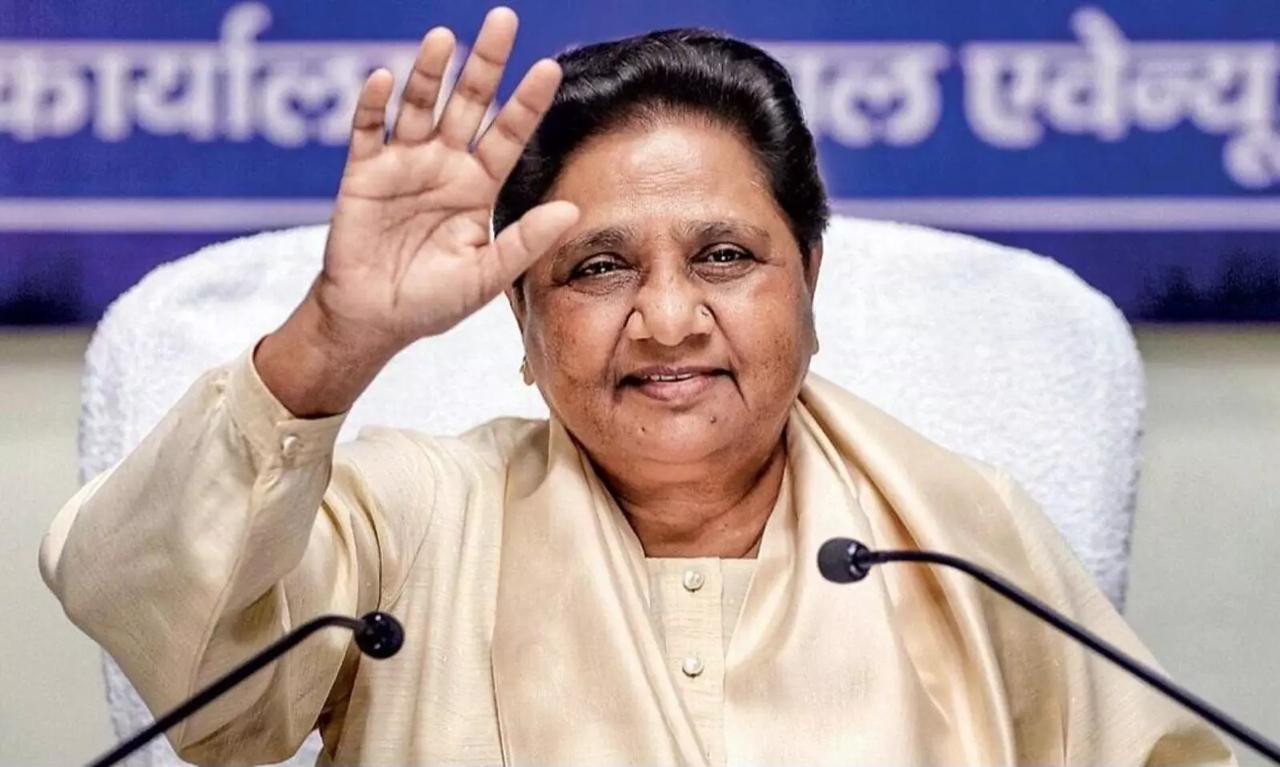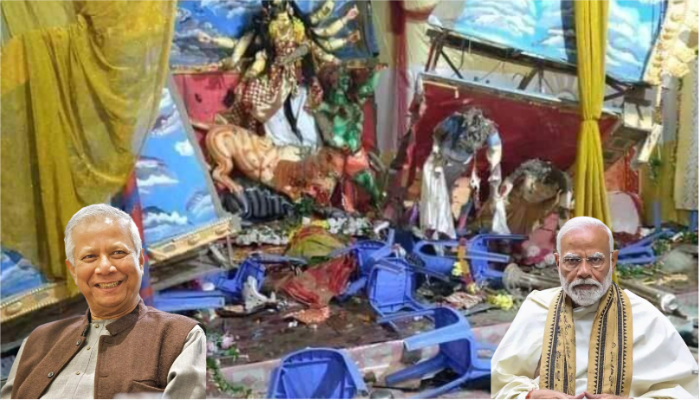
The Bengal Conundrum: Understanding State’s Communal Violence Through the 1946 Great Calcutta Killings
News 18It has been a year since unprecedented violence took place in West Bengal after the Assembly election results were announced. The resolution passed on March 23, 1940 said, “…it is the considered view of this session of the All-India Muslim League that no constitutional plan would be workable in this country or acceptable to Muslims unless it is designed on the following basic principle, namely, that geographically contiguous units are demarcated into regions which should be so constituted, with such territorial readjustments as may be necessary, that the areas in which the Muslims are numerically in a majority, as in the North-Western and Eastern Zones of India, should be grouped to constitute ‘Independent States’ in which the constituent units shall be autonomous and sovereign.” The divide between the Congress and Muslim League continued to widen between 1940 and 1946. Bengal being the only province in India under the Muslim League’s rule was apparently chosen by its leadership as the suitable place for “demonstrating” ‘Direct Action’. No estimate is available, the reason for which is probably that the killings were started by none other than the officialdom… A large number of bodies had been thrown into the river Hooghly, or in the canals that pass through the city, or were pushed into manholes.” Roy further added, “As an example of deliberate abuse of state power to cause mass murders, it compares well in intensity, though not in breadth, with the Nazi holocaust and the killing fields of Pol Pot in Cambodia.” Dr. DC Sinha, Ashok Dasgupta and Ashis Chowdhury have provided detailed account of these riots in their seminal work The Great Calcutta Killings and Noakhali Genocide, “The arrangements were perfect for the programme of loot, arson, rape and murder and truck-loads of goondas armed with dangerous weapons and incendiary material were rapidly sent to the more distant part to reinforce the local hooligans. Further they seemed immune from the action of law, for the police had so far been mostly lookers-on.” Modern Review, one of the most respected journals at that time wrote in its September, 1946 issue, “There is not enough space in these columns to give fuller details of this horrible catastrophe.” To understand the anatomy of communal violence in the state of West Bengal post-independence, it is probably important to understand the anatomy of ‘The Great Calcutta Killings’.
History of this topic

West Bengal politics has to be dialogic even while remaining contentious
Hindustan Times
Break the vicious cycle of violence in every poll
Hindustan Times)
'Violence in Bengal is not accidental; it is state-sponsored murder of democracy': BJP unleashes attack on TMC
Firstpost
Violence is Mainstay of Bengal Politics, And BJP will Make This a Crucial Issue for 2024 Polls - News18
News 18
DC Edit | Check political violence in Bengal, it's out of control
Deccan Chronicle
Spate of violence rocks West Bengal ahead of panchayat elections
The Hindu
Badlands of Bengal | Contract killings on the rise suggest the changing face of politics in the State
The Hindu
West Bengal violence: Home Ministry seeks report
Deccan Chronicle
West Bengal Rampage: Is TMC Government Sowing the Seeds of India’s Partition in 21st Century? - News18
News 18
The Bengal Conundrum: Battle of Plassey and the Myth of Siraj-ud-Daulah Being a Patriot
News 18
How Bengal, a Land of Mighty Rulers, Was Born - News18
News 18
Intolerance Towards the 'Other': Political Violence in Bengal Points to a Larger Problem
News 18)
Right Word | The Great Calcutta Killings: Hindu genocide and the road to India’s Partition
Firstpost
Bengal mayhem: Nab the culprits
Hindustan Times
Bengal: Crack down on political violence
Hindustan Times)
Bangladesh violence shows body counts go on increasing, but scenarios stay the same
Firstpost
‘Khela Hobe Dibas’ on Calcutta Killings Date Triggers Row in Bengal, BJP Raise Concerns
News 18
Post-poll violence continues in West Bengal, says Suvendu Adhikari
Op India
Genocide like event, worse than 1946 riots: Suvendu Adhikari on Bengal post-poll violence
India Today
'Bengal violence after May 2 was not spontaneous, but well-planned': NHRC fact-finding committee
Op India)
OPINION: West Bengal’s Downward Spiral, From Industrial Powerhouse to Witnessing Reigns of Terror
News 18)
No Political Violence in Bengal Since May 9, State Govt Tells Calcutta HC
News 18
West Bengal Violence: MHA asks report from Governor Jagdeep Dhankar over law and order situation
India TV News)
Days of 'Khela' and 'Boma': What Bengal Needs is an End to Decades of Political Violence
News 18
Deep Dive: Decoding Bengal's 'Blood Politics'
India TodayDiscover Related








)





)


)







)




)


)







)



)
